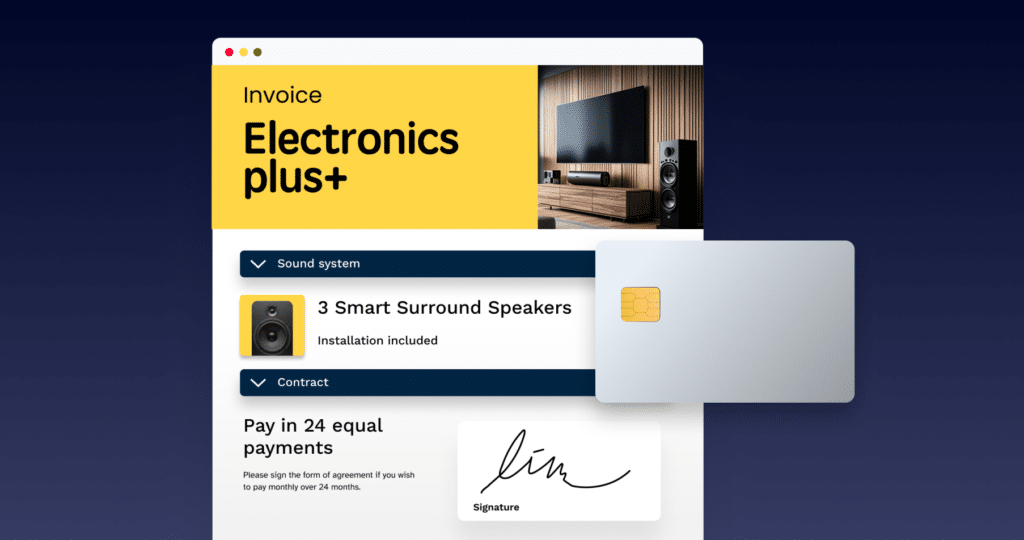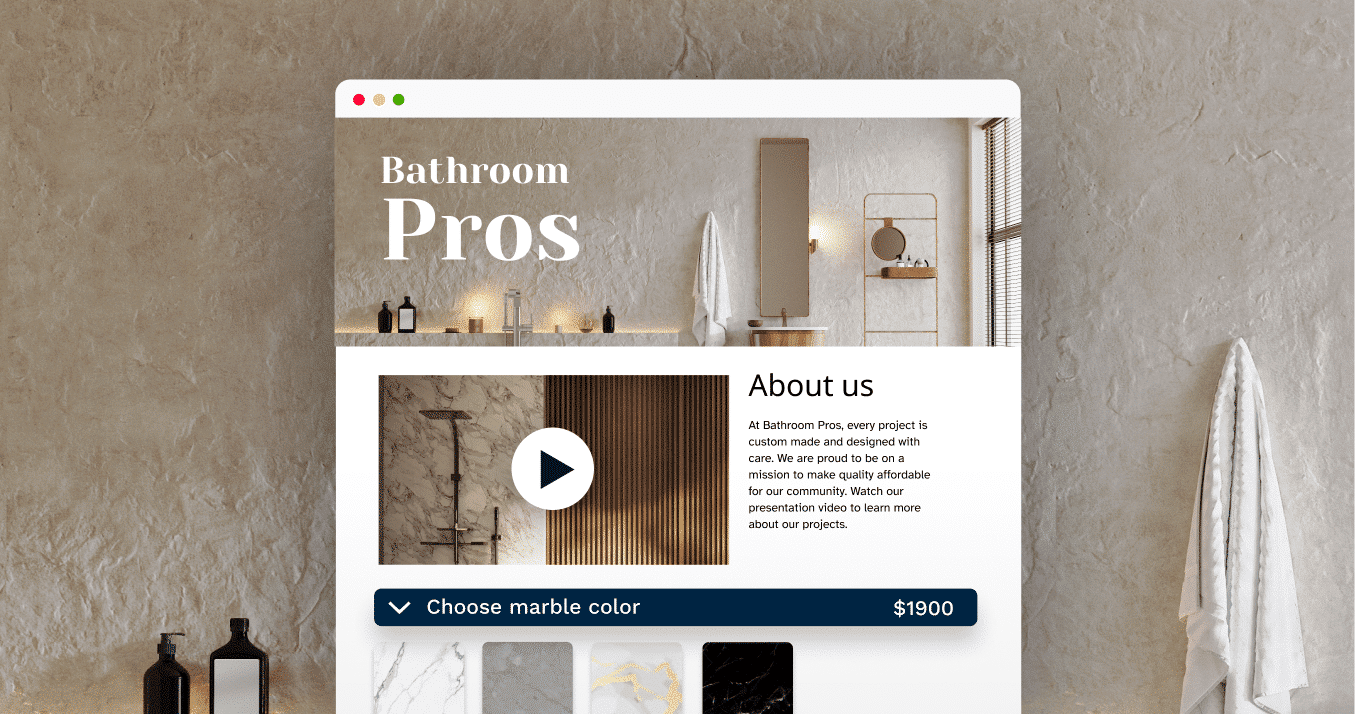
When it comes to sales, objections are simply a fundamental part of the process. But understanding how to effectively navigate these obstacles can turn potential setbacks into opportunities for growth. Let’s explore practical strategies to overcome the five most common sales hurdles: no need, no money, no hurry, no desire, and no trust.
No Need: How to uncover the hidden “need”
When a prospect claims they have no need for your product or service, it’s often a matter of perspective. Your job is to uncover and highlight the needs they might not be aware of. Start by asking probing questions to understand their current challenges and goals. Be sure to note the consequences of inaction and how your offering can not only solve existing problems but also preempt future ones. Education is key here; share any relevant statistics or information to highlight the necessity of your solution.
Example: A customer doesn’t see the need for an advanced ergonomic office chair. During a showroom visit, encourage them to sit in the chair and adjust its features while you explain the health benefits of proper posture and ergonomic support. This hands-on demonstration helps them experience the benefits firsthand, making the need more apparent.

No Money: How to highlight your value
Budget constraints are a common objection, but they don’t have to be a deal-breaker. Focus on demonstrating the unmatched value your product or service offers. Break down the cost benefits, emphasizing the return on investment (ROI) and long-term savings. For more significant investments, discuss flexible payment options or scaled versions of your service that can accommodate their budget without compromising too much on the benefits.
Example: A potential buyer is hesitant to purchase a high-end home theater system due to budget constraints. Offer flexible payment terms or financing plans that spread the cost over time. Explain how investing in a high-quality system can save money in the long run on movie tickets and family entertainment, turning the purchase into a wise financial decision.
No Hurry: How to create a sense of urgency
A lack of urgency can stall many sales processes. To overcome this, highlight the costs of delay, including potential losses or missed opportunities. Limited-time offers or incentives can also create a compelling reason to act sooner rather than later. It’s crucial to communicate the tangible benefits they’ll gain by moving forward now and the potential risks of waiting.
Example: To encourage a decision for a luxury kitchen appliance, mention a limited-time promotion that includes free installation or a discount on future purchases. Highlight that delaying the decision might mean missing out on these additional savings, thus creating a sense of urgency.

No Desire: How to ignite the spark
When a prospect shows no desire for what you’re selling, tailor your pitch to align with their core motivations and values. Use storytelling to paint a vivid picture of the positive outcomes they can expect. Make it personal; let them see how your product or service can make a meaningful difference in their life or business. Sometimes, all it takes is reframing your offering in a way that resonates with their individual goals. Also, visuals can be quite helpful here.
Example: A client is hesitant about committing to a full kitchen remodel, unsure if the transformation will be worth the investment. To spark their desire, your company can create a detailed, visually compelling proposal that includes before-and-after images and even videos from previous successful projects to show them how their kitchen could look directly on the proposal.
No Trust: How to build credibility and rapport
Trust is the foundation of any sales relationship. If a prospect doesn’t trust your brand, product, or even you as a salesperson, moving forward can be challenging. Address this by being transparent about your product’s features, limitations, and how it compares to competitors. Share credible testimonials and case studies, and if possible, offer a demo or trial to let the product speak for itself. Consistent follow-up and genuine concern for their needs will also help in building a trustworthy relationship.
Example: If a customer is unsure about the craftsmanship of a high-end piece of jewelry, offer a satisfaction guarantee and provide detailed information about the craftsmanship, materials, and the expertise of the jewelers. You can build trust through transparency by either arrange a tour of the workshop where the jewelry is made or emphasize your teams skills and expertise on your website, and proposals to highlight the meticulous process and skill involved.
Overcoming sales obstacles is less about countering objections and more about understanding and addressing the underlying concerns. By adopting a consultative approach and focusing on the value and benefits your solution offers, you can turn potential objections into compelling reasons to buy. Remember, every objection is an opportunity to better understand your prospect’s needs and refine your pitch.
Integrating tools like QuoteMachine can help you navigate these challenges more effectively. With features designed to streamline the sales process—from creating personalized, compelling quotes to managing follow-ups and analyzing customer interactions—QuoteMachine equips you to address objections efficiently and close more deals.
To see how QuoteMachine can help you convert more, book a demo with our team today!